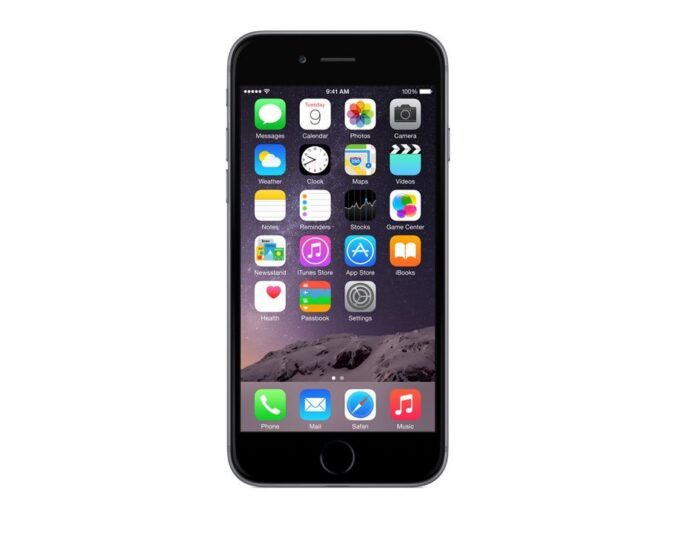Two newly released reports from network monitoring companies spotlight how wireless networks are continuing to evolve in terms of Voice over LTE and where usage is the most intense.
Newfield Wireless, part of Tektronix Communications, has been keeping an eye on how the launch last October of the VoLTE-capable iPhone 6 and 6 Plus is impacting the use of VoLTE. It concluded that “3G voice calling has dropped considerably on iOS devices four months after the launch.” Analysis of data from Newfield’s TrueCall platform found that 3G voice usage among iPhone 6 users is now only 25% of that on previous iPhone models, due to VoLTE adoption. Newfield said that the iPhone 6 and 6 Plus account for 25% of all iPhone models currently in use.
The data follows up on analysis from Newfield that showed a sharp drop in the use of 3G calling just two weeks after the launch of the new iPhone models.
Newest iPhones exchanging 3G for VoLTE
The LTE-network data analysis has revealed 3G voice calling among iPhone 6 users is now one-fourth that on previous iPhone models as a result of VoLTE adoption since the October 2014 launch of the two new smartphones. The same data show iPhone 6 and iPhone 6 Plus accounted for 25% of all iPhone models in use.
“Since the launch of the iPhone 6 and 6 Plus in September, 3G voice calls made on iOS devices across U.S. networks have declined. This is attributable to iPhone 6 users taking advantage of VoLTE,” said Marc Bensadoun, VP of Tektronix Communications’ radio access network business unit. “Sales of iPhone 6 devices are increasing rapidly, four months on and they account for two in three of all new iOS devices coming onto the market. We anticipate this trend to continue as more VoLTE-compatible devices become available.”
Meanwhile, JDSU has
released its fifth annual look at trends in mobile data usage, and for the first time is tying geographic location in with “extreme data behavior” – which led to its finding that residential zones account for nearly half of mobile data usage and that more than 90% of mobile data usage is coming from less than 5% of the physical network area. So network hot spots are extremely hot: JDSU found that half of mobile data is being consumed in just 0.35% of the area covered by the network.
JDSU relied on a sample geographic area of more than 17,000 square kilometers that consisted of a mix of urban, suburban and rural areas. It identified the 100 most “extreme hot spots” as business, dense urban, industrial, residential and rural areas. Its findings included:
- 73% of the extreme hot spots were in residential and industrial areas. Almost half of them were in residential areas, and a quarter in industrial zones. “That rural [areas] should appear in this ranking at all is surprising, but illustrates that without in-depth data analysis, it’s difficult to predict where demand will come from,” JDSU added.
- 1% of users consume 56% of mobile data, and that top 1% downloads data at a ratio of about 11:1 vs. uploading.
- 90% of all mobile data was consumed by 8.58% of all users.
- The analyzed network had an average download-to-upload ratio of about 8:1.
JDSU looked at the downlink-to-uplink use ratio in detail for the different zones, which resulted in some interesting numbers that showed significant usage differences between, for example, industrial hot spots compared to those in rural areas:
Business: 9.93:1
Dense Urban: 7.09:1
Industrial: 11.56:1
Residential: 5.69:1
Rural: 1.93:1
JDSU concluded that its numbers show that “extreme usage is … concentrated in small geographic pockets that do not subscribe to commonly held industry assumptions. Taken collectively, these findings show that planning network evolution based on industry assumptions and received wisdom will not deliver the best customer or business outcomes” and that in-depth analysis is necessary to get a true picture of network usage.

